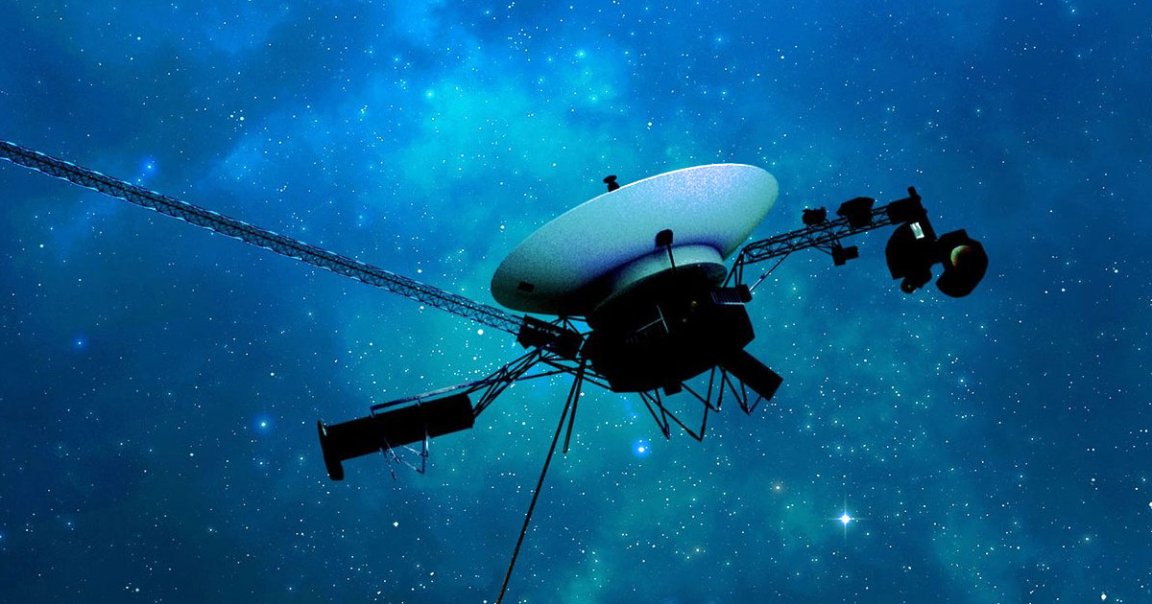
High Mileage
NASA’s two Voyager spacecraft have been through a lot: nearly 50 years of space travel and an astonishing 15 billion miles.
The two probes, launched less than a month apart in the summer of 1977, have survived everything from dwindling power supplies and grimy thrusters to near-fatal software glitches and several scientific instruments going dark.
Heck, they weren’t even designed to go this far, since they were only originally intended to study our star system’s outer planets.
But instead of allowing the two spacecraft to rest in peace — a well-deserved end to an almost half-a-century-long journey — NASA is still trying every trick in the book to keep the aging probes alive.
“These two spacecraft are still operating, still returning uniquely valuable science data, and every extra day we get data back is a blessing,” Suzanne Dodd, Voyager project manager at JPL, told Ars Technica.
No Backup
Case in point, last week the team at NASA’s Jet Propulsion Laboratory sent a software patch to Voyager 2. The hope is to breathe new life into the aging spacecraft, with the goal of eventually doing the same for its twin.
The agency is hoping the patch will address a buildup of fuel residue inside some of the tubes of the spacecraft’s thrusters. These thrusters play an incredibly important role, keeping the spacecraft’s antenna pointed at Earth and allowing teams back on the ground to communicate with it.
The software update is also meant to address a recurring glitch that caused Voyager 1 to temporarily go dark in August 2022.
In many ways, these efforts are a last resort, with NASA’s engineers running out of ways to squeeze more life out of the two ancient spacecraft.
“Everything on both spacecraft is single-string,” Dodd told Ars. “There are not any backup capabilities left. In some cases, we powered off stuff to save power, just to keep the instruments on.”
In the meantime, the team is hoping to complete a major, symbolic milestone before the two Voyagers can finally go dark for the last time.
“They’ve overcome lots of issues, and the engineers have been very clever in overcoming those issues,” Dodd added. “I think the focus now is let’s get to 50 and have the biggest party we can.”
More on the Voyagers: NASA Accidentally Cuts Contact With Voyager 2